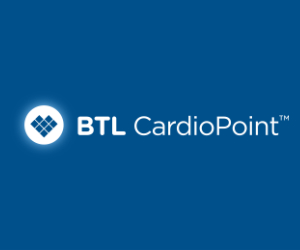Acute radiation syndrome – treatment of nuclear hazards
Severeness of acute radiation syndrome is based on all available data and diagnostic procedures. Differential diagnosis of radiation injuries is complex because of many and nonspecific signs. The difference between lethal and nonlethal events is based on symptoms as are nausea and vomiting. What therapeutic measures to use depend on category of illness. In the 1. group (0-6 hours after exposure) life-saving measures are external decontamination and treatmentof nausea and vomiting. In the 2. group (6-71 hours after exposure) if the dose is higher than 1 Gy, it is necessary to treat erythema, nausea,vomiting, neurovascular changes. It is necessary to analyze laboratory data with hemogram 3x a day, ECG and EEG, and after that once daily, and with dosimetry data. In the 3. group (72 hours and more after exposition) it is necessary to analyze clinical signs and laboratory blood and urine samples, and chromosomal and dosimetry data. Special attention must be directed to the treatment of compensatory and non-compensatory phase of a shock. Pharmacological studies in relation to drug's doses must be especially directed to combined injuries and immunodepresive changes
Key words:
acute radiation syndrome; nuclear radiation risk; treatment





